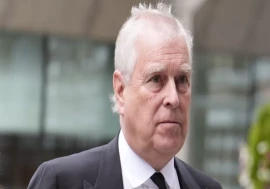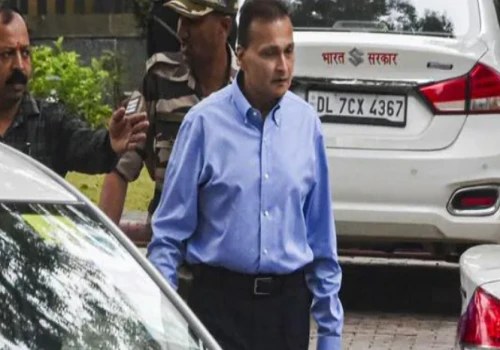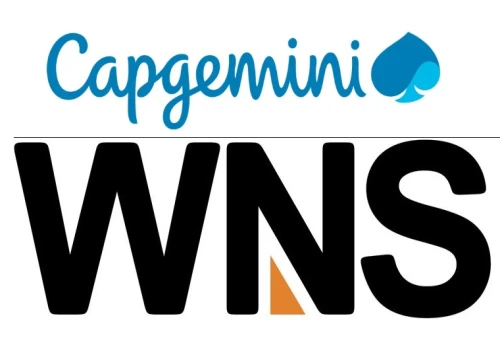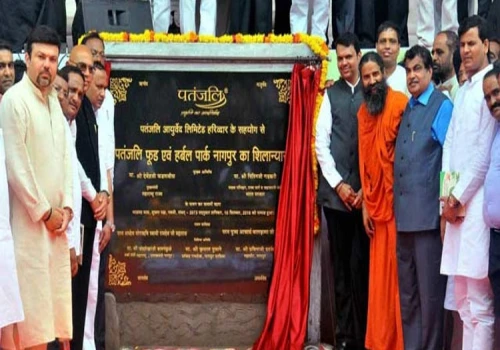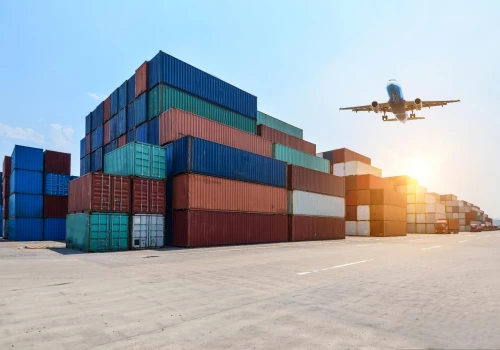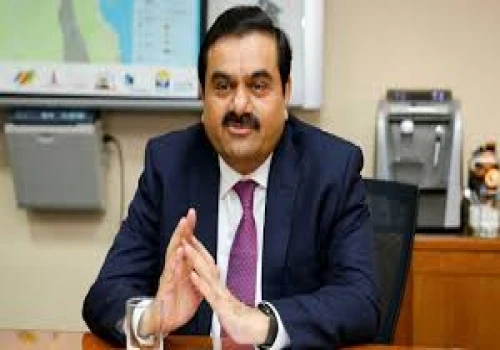_2100_x_1470.webp)
India is seizing its moment. As the world's fastest-growing major economy, the country is strategically signing free trade agreements (FTAs) to diversify its trade partners and attract global investment. This shift marks a move away from China and positions India as a viable alternative in the global supply chain.
A Wave of Free Trade Agreements
Prime Minister Narendra Modi's government is on a deal-making spree. Since 2021, India has signed four FTAs, the latest being a significant pact with the European Free Trade Association (EFTA) including Switzerland and Norway. This deal signifies India's willingness to address concerns around labor, environment, and sustainability – topics previously avoided. Additionally, it secures a hefty investment commitment of $100 billion over 15 years.
These deals are expected to be a game-changer for Indian sectors like textiles, marine goods, autos, and gems & jewelry. The hope is to create a level playing field for these industries, which collectively employ millions and contribute significantly to India's GDP.
Beyond Protectionism: A Historic Opportunity
This newfound openness to trade marks a significant departure from India's protectionist past. Companies like Apple and Samsung are already taking advantage of production incentives offered by the Modi government, setting up shop in India.
Experts believe this is a golden opportunity for India. Alex Capri, a lecturer at the Lee Kuan Yew School of Public Policy, calls it "India's big historic moment." However, to truly capitalize on this chance, India needs to address some crucial issues.
Challenges on the Road to Success
While the future looks bright, there are roadblocks to overcome. Infrastructure gaps and a complex business environment with red tape and excessive regulations hinder India's attractiveness to foreign investors. The government is aware of these challenges and is actively working on streamlining procedures and improving ease of doing business.
Another hurdle lies in ongoing negotiations with countries like the UK and Australia. Differences in areas like investment protection and market access need to be ironed out for successful deal closures. Additionally, domestic resistance exists from sectors like the alcoholic beverage industry, which fears unfair competition due to non-tariff barriers in potential trade partners' markets.
A Win-Win for All?
India's massive market of 1.4 billion people is undeniably appealing to potential trade partners. The EU and Australia have already expressed enthusiasm, with early results from their interim deals showing positive outcomes. The services sector, a major contributor to India's GDP, is also expected to benefit from easier access for Indian professionals in IT, healthcare, and accounting.
Looking Ahead: Delivering on the Promise
Despite the optimism, concerns remain. Bureaucracy and a complex regulatory environment might still deter investors. Deborah Elms, head of trade policy at the Hinrich Foundation, emphasizes the need to address these "obstacles on the ground" to ensure the positive outlook translates into reality.
The Indian government is actively tackling these challenges by simplifying rules, reducing red tape, and implementing a single window system for faster approvals. Businesses like Matrix Clothing are cautiously optimistic, but the scars of past delays in deal finalization remain.
Conclusion: A New Era for Indian Trade
India's embrace of trade deals signifies a strategic shift towards a more open and integrated economy. While challenges persist, the potential benefits are undeniable – job creation, economic growth, and a stronger position in the global market. By addressing remaining hurdles and capitalizing on its strengths, India can truly seize this historic opportunity and establish itself as a major player in the global trade landscape.


